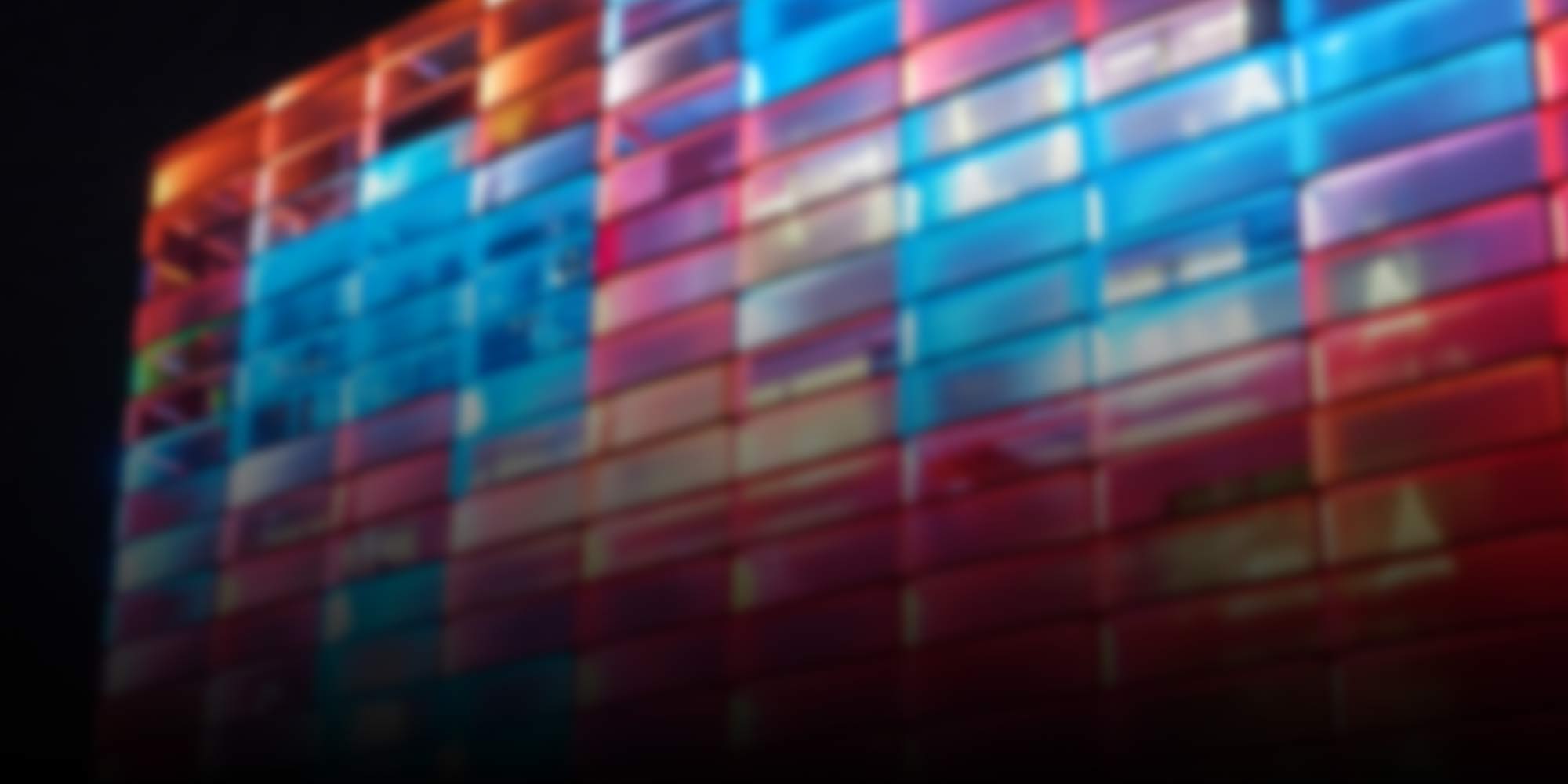
Photo
-

Media Art Galore on Day 5: Prix Ars Electronica Day
It wouldn’t be Ars Electronica if art didn’t have the last word…
-

Dare-the-Truth Day: Day 4 of the Festival in Pictures
Accepting an inconvenient truth was what Day 4 of the Ars Electronica Festival was all about.
-
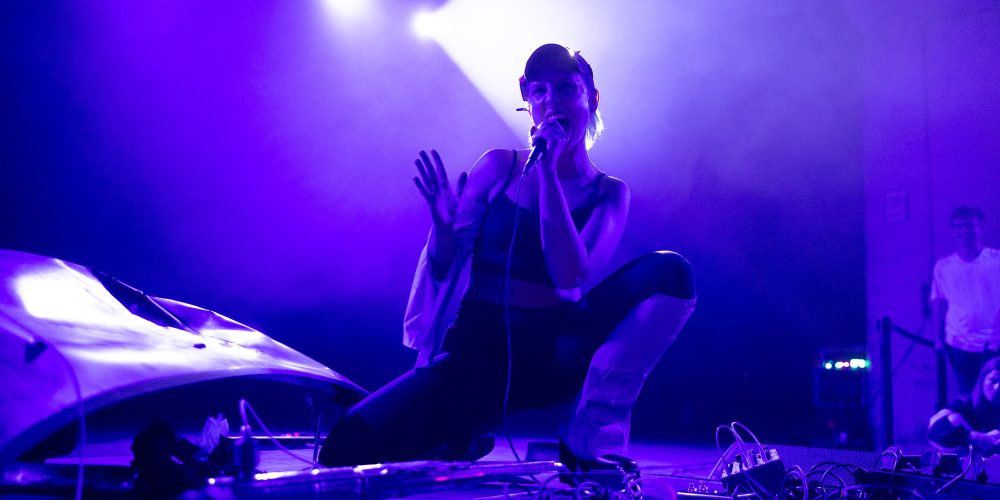
Visual Highlights of Day 3 of the Ars Electronica Festival
This was Day 2 of the Ars Electronica Festival 2023 -S+T+ARTS Day – in pictures!
-
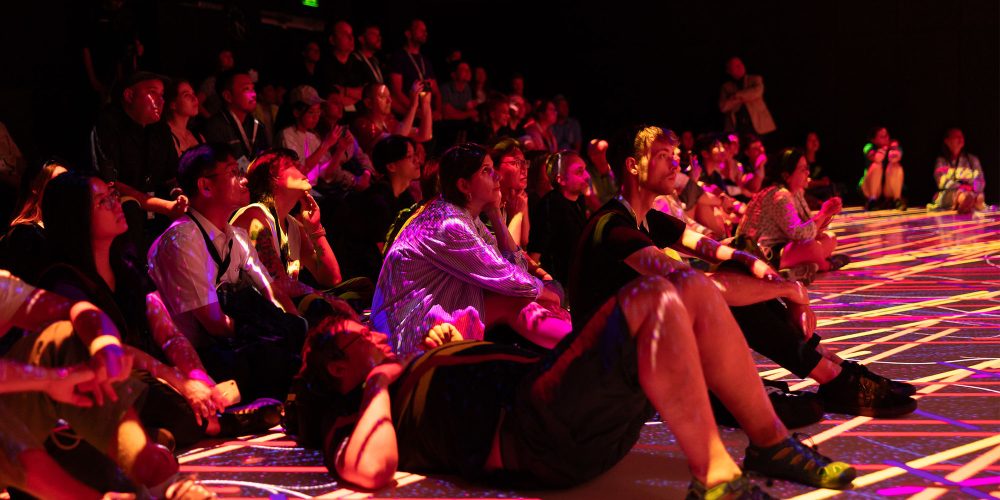
Visual Highlights of Day 2 of the Ars Electronica Festival
This was Day 2 of the Ars Electronica Festival 2023 -S+T+ARTS Day – in pictures!
-

Day 1 of the Ars Electronica Festival in pictures
This was Day 1 of the Ars Electronica Festival 2023 – Education Day!
-

Prix Jury Weekend at the Ars Electronica Center
Experts from around the world met in Linz to agree on the Golden Nicas of the Prix Ars Electronica 2023.
-
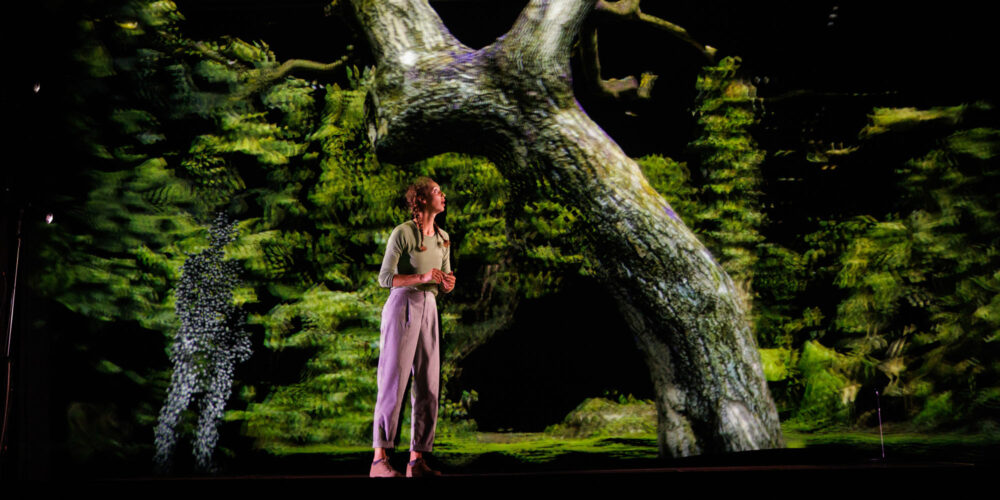
The Ars Electronica Festival 2022 in pictures
This is by far only a small excerpt of the many impressions with which the 2022 Ars Electronica Festival in Linz thrilled us in five days.
-
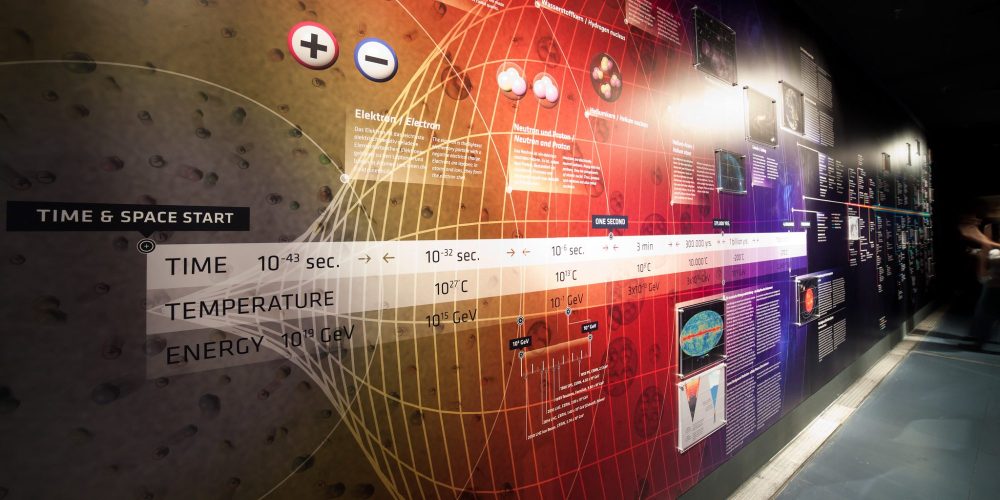
Throwback: ORIGIN – Investigating the Big Bang
The exhibition took a closer look at the European particle physics laboratory CERN, covering its history, daily activities and the ambitious goals of the global research project.
-
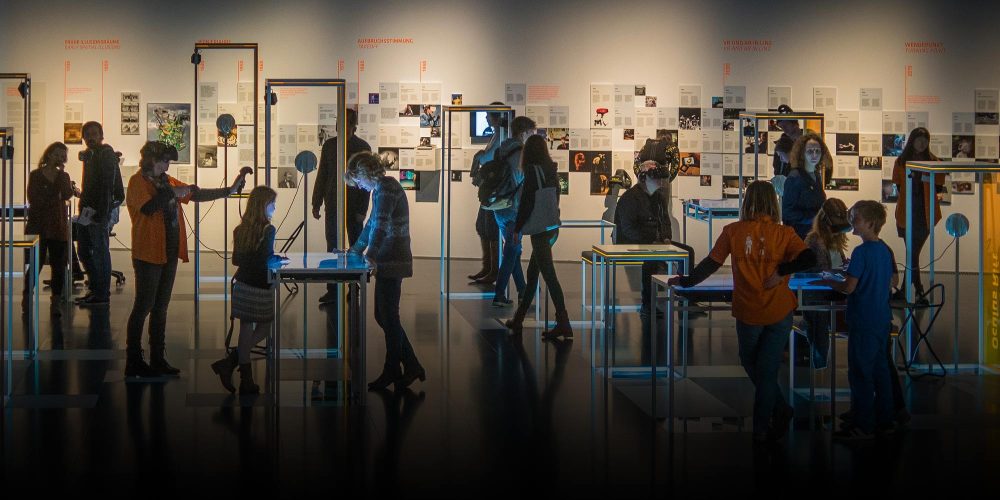
Throwback: The VRLab
At the Ars Electronica Center’s VRLab, it was possible to immerse yourself in virtual worlds and superimpose data on our reality.
-
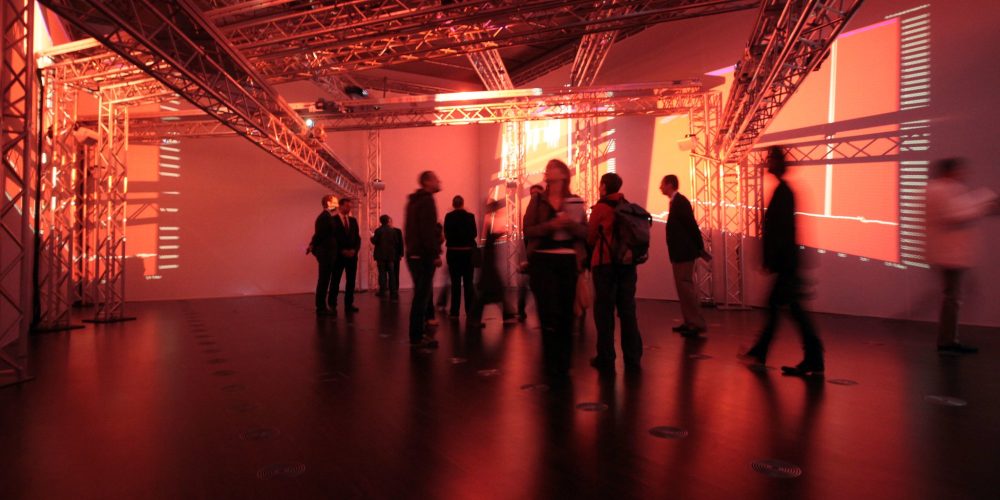
Throwback: Ready to pull the lifeline?
From September 2 to 11, 2010, the Ars Electronica Festival “REPAIR – Ready to pull the lifeline” took place on the grounds of the former tobacco factory in Linz
-

Throwback: SoundLab
The SoundLab at the Ars Electronica Center offered professional equipment for capturing and producing noise, sound and music.
-

The STARTS-Prize Jury in Linz
The international jury met for a weekend at the Ars Electronica Center to decide on the two winning projects for the STARTS Prize 2022.
-
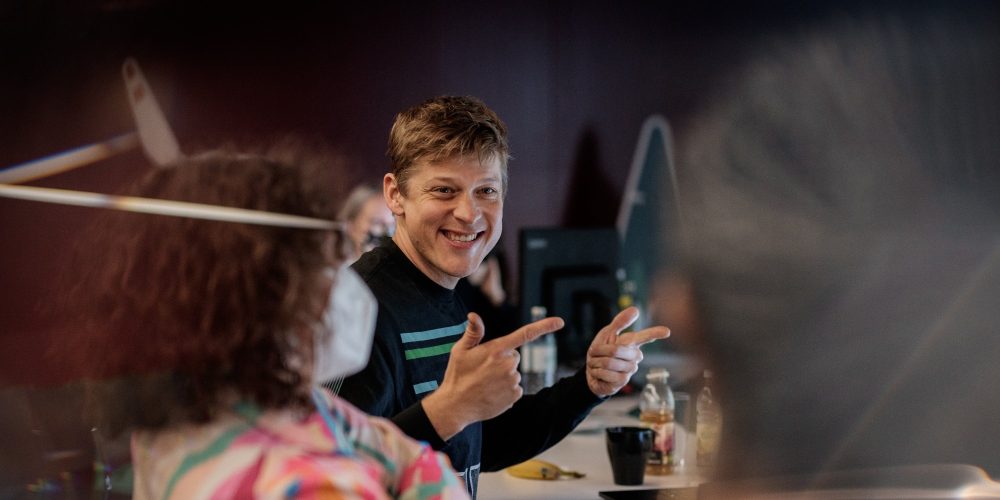
The Prix-Jury-Weekend 2022
Once again, 20 experts from around the world met in Linz to agree on the Golden Nicas of the Prix Ars Electronica 2022
-

And the CanSat 2022 winner is…
On Thursday, 21.4.2022, the airport of Suben in the district of Schärding was transformed into a mission control center for a number of space-loving young people.
-
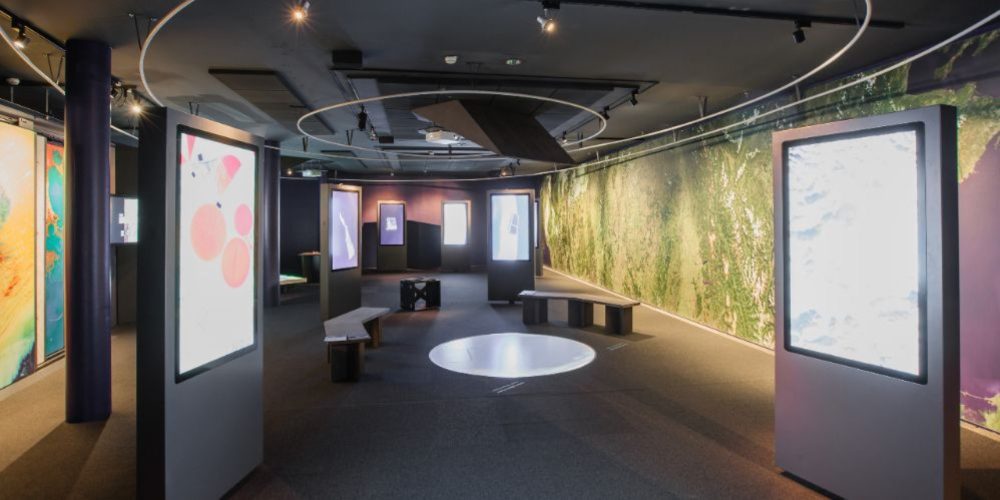
Throwback: Spaceship Earth
The exhibition “Spaceship Earth” dealt with the question of what we can learn about our planet by observing it.
-
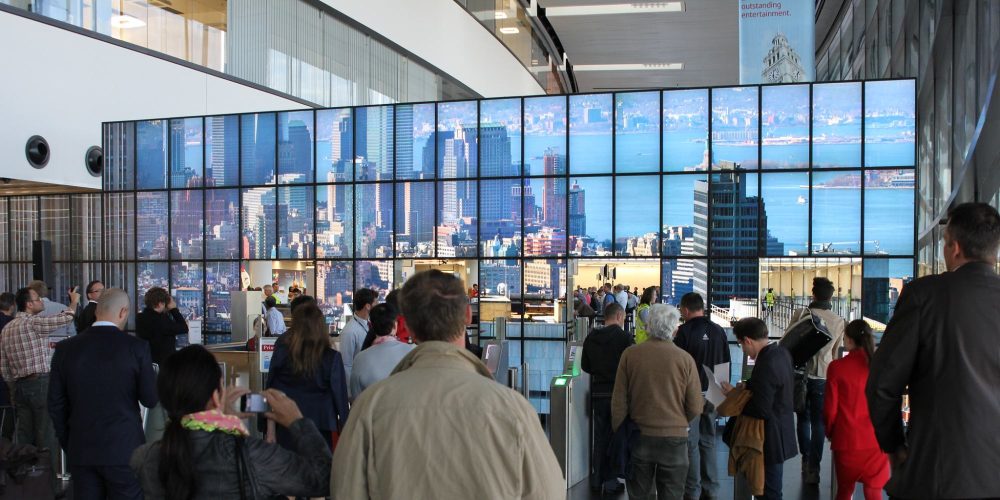
Throwback: From Austria to the World
“From Austria to the World” – under this motto, the Austrian Star Alliance Terminal Check-in 3 at Vienna Airport featured five unique gigapixel images of New York City in 2013.
-

Throwback: Innocence
Innocence was a 2013 work by the Ars Electronica Futurelab dedicated to Linz’s childhood memories of the Passage shopping center.
-
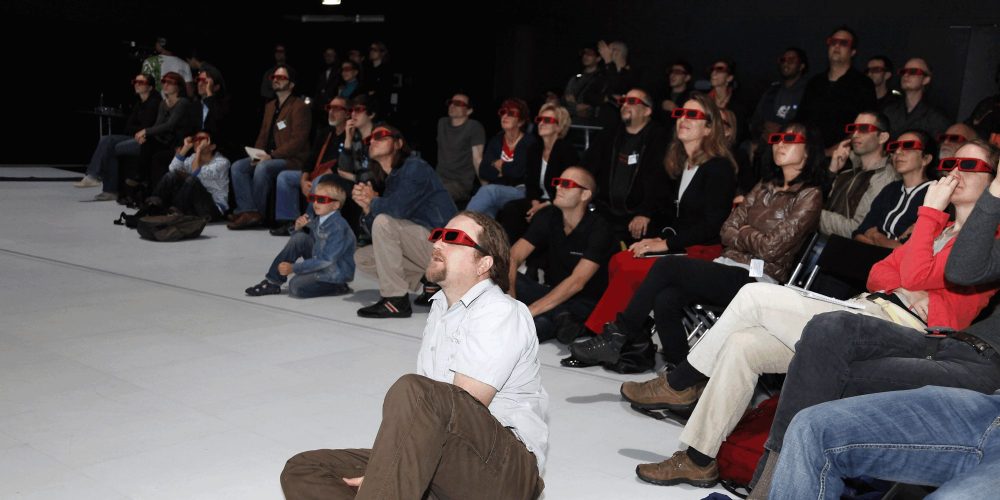
Throwback: The birth of the Deep Space
Deep Space EVOLUTION marks the start of Ars Electronica’s next chapter when it comes to immersive visual worlds. But how did the story of the giant projection room in the Ars Electronica Center begin?
-

Throwback: The Teleklettergarten
An oversized computer keyboard as a climbing wall on the facade of the Linz Art University. That was the teleclimbing garden.
-
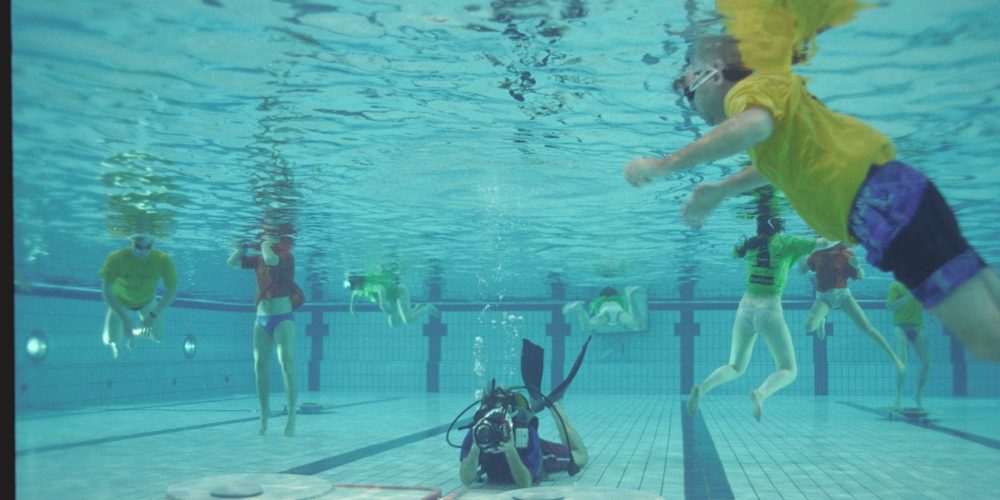
Throwback: Liquid Cities
During the Ars Electronica Festival in 1996, the indoor pool of the Parkbad Linz transformed into a fluid interactive 3D space.
-
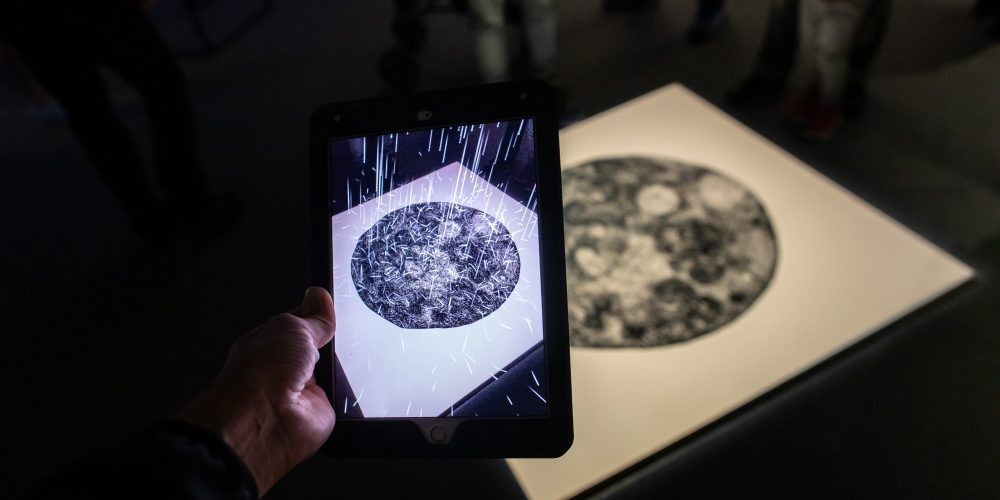
Throwback: Mirages & miracles
The exhibition Mirages & miracles at the Ars Electronica Center staged augmented reality in a virtuoso and imaginative way.
-
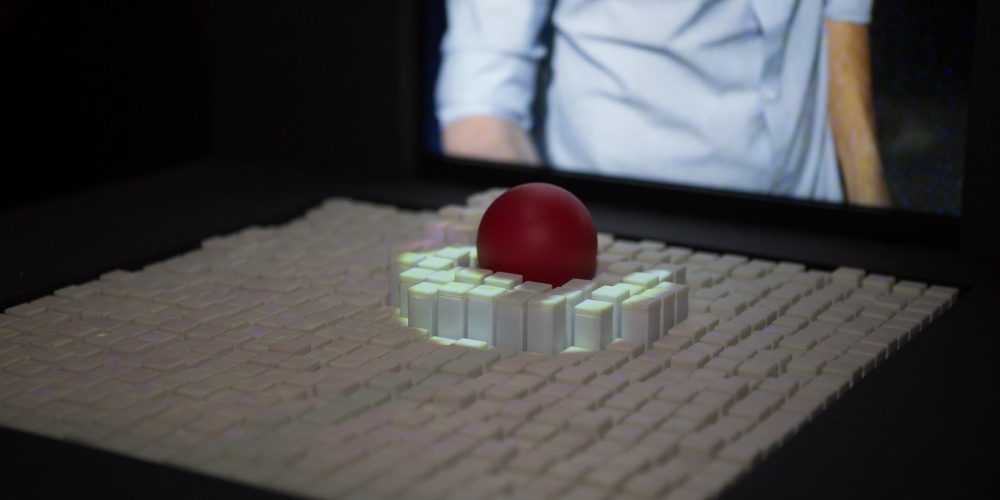
Throwback: inFORM
MIT-Medialab’s inFORM application addressed the question of how to get the digital back into the physical world.
-

Throwback: GeoPulse
GeoPulse opened up an interactive experience space for visitors of the Ars Electronica Center that compiled multi-layered data about our world and made it possible to experience it in a playful way.
-
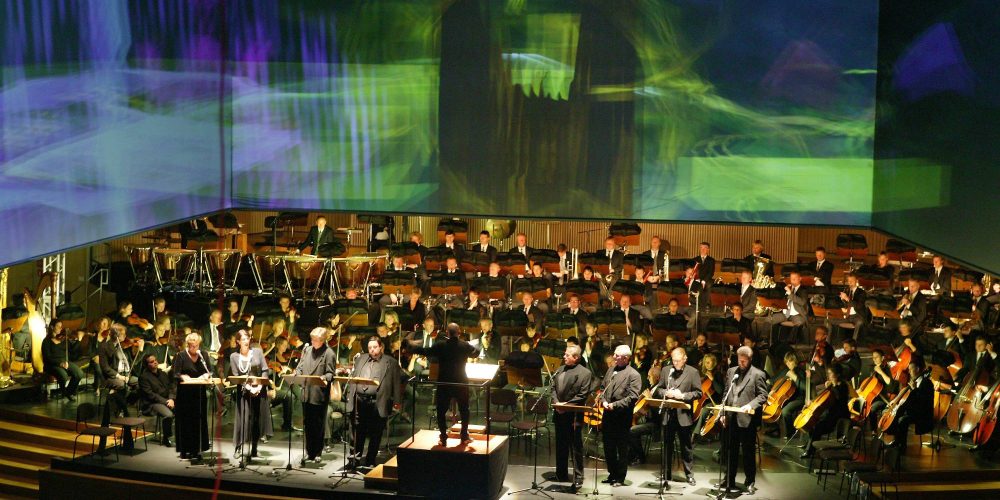
Throwback: Das Rheingold
In 2004, the Ars Electronica Futurelab designed an interactive computer-controlled visualization for the opera “Das Rheingold” by Richard Wagner.
-
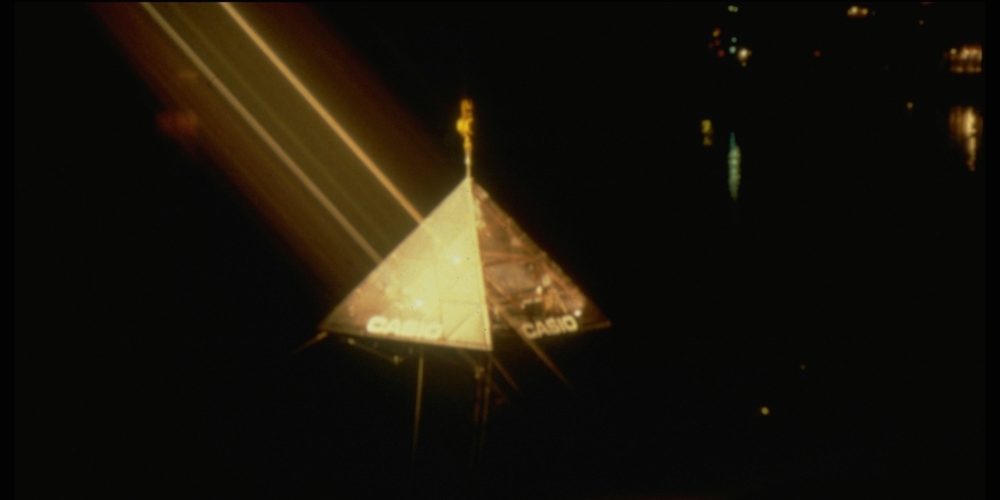
Throwback: UFOs over Linz
In a glass pyramid, 30 meters above the Danube, Isao Tomita enchanted the visitors of the Klangwolke 1984.
-
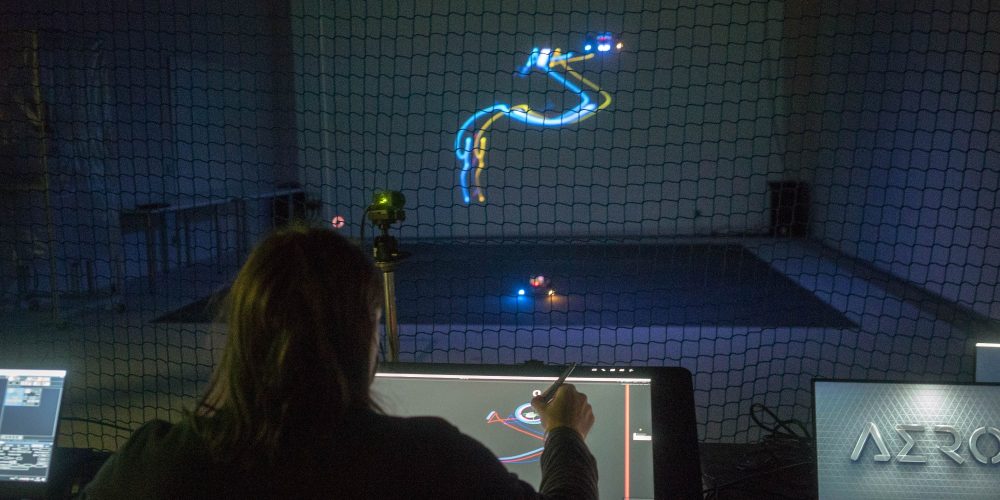
New technologies as part of law studies
Law students rarely deal with new technologies – that’s what the Future Thinking School and the JKU want to change.
-

Throwback: The pioneer of the synthesizer
Robert Moog is considered a pioneer of the synthesizer. In the 80s, the American inventor honored us twice in Linz.
-
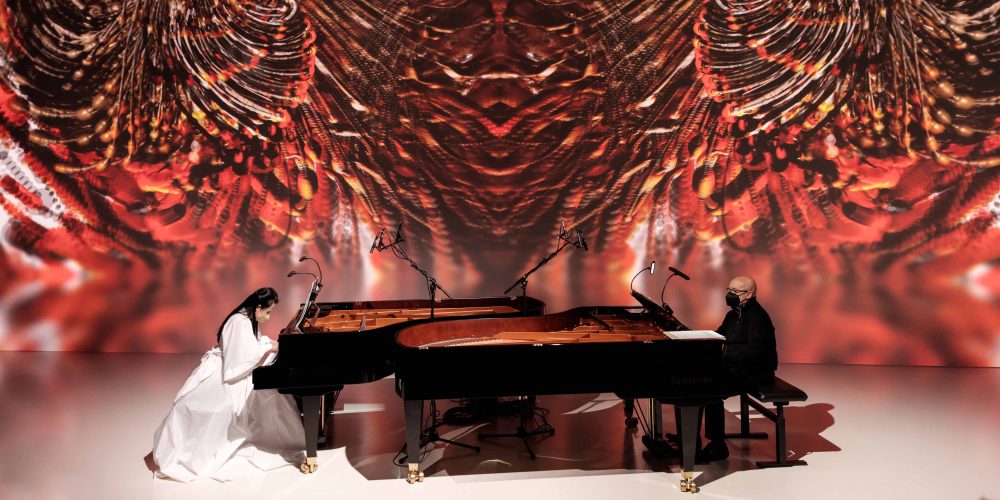
An Evening for Philip Glass
This is rather extraordinary, when two pianists congratulate a composer on his 85th birthday with his own music.